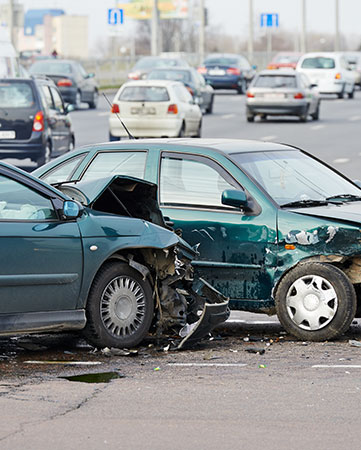Every year, many Indiana residents are involved in motor vehicle accidents that have life-altering consequences. These include automobile collisions that result in serious and even fatal injuries. Some of the accidents are the result of situations in which a driver becomes “mentally disconnected” or not fully in touch with the immediate task at hand. An example of this type of situation is a mental state which has come to be known as velocitization.
Definition of Velocitization
Velocitization is defined as the tendency of a driver to “lose touch” with the rate of speed that they are traveling. Over time, a driver tends to pick up space as a result of velocitization. This can and does result in unsafe driving conditions that can result in a motor vehicle accident.
Reality of Speed Limits
Speed limits are established on roadways to indicate what is the maximum speed permissible under optimal conditions. The reality is that roadway conditions are far from always optimal. From prevailing weather conditions to congested roadways, a myriad of reasons exist for motorists to slow down. When velocitization occurs, not only is a driver apt to drift beyond the maximum speed permissible under ideal conditions but a motorist is likely to be traveling dangerously beyond an appropriate speed called for by prevailing roadway conditions.
While driving in excess of the speed limit, or at a rate of speed beyond what is safe for prevailing conditions is hazardous so is driving too slowly. A recent trend has been to post maximum as well as minimum speed limits on roadways of different types in a growing number of jurisdictions in the United States. The hope is that more widely establishing maximum and minimum speed limits will lower the rate of motor vehicle accidents across the country.


